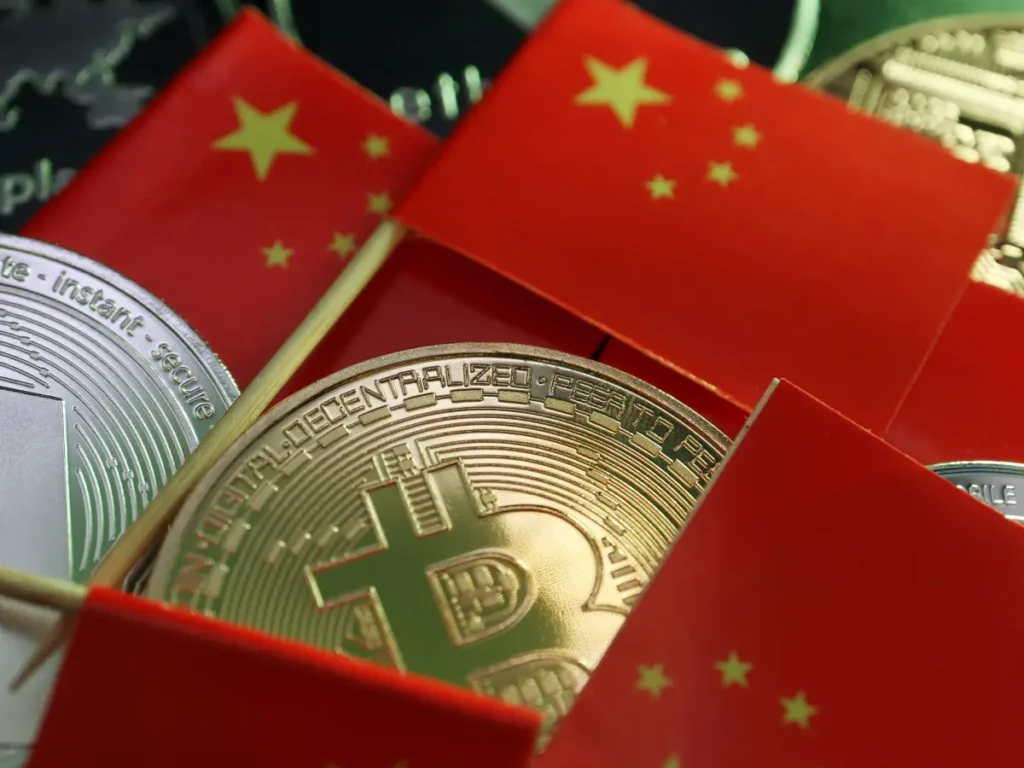China tightens money laundering laws, targeting virtual assets and establishing new prosecution requirements starting August 20, 2024.

China’s Supreme People’s Court and Supreme People’s Procuratorate have introduced new measures aimed at strengthening anti-money laundering laws.
Effective August 20, 2024, these legal interpretations establish stricter conditions for prosecuting money laundering offences.
China’s Focus on Virtual Assets in Money Laundering
The primary focus of the new guidelines is to combat the use of virtual assets in money laundering activities.
The legal interpretation now classifies virtual asset transactions as methods for concealing proceeds from criminal activities, effectively closing previous legal loopholes.
This move underscores China’s increasing efforts to regulate the expanding virtual asset market and address modern financial crimes.
Under the new interpretation, virtual asset transactions are considered acts of “suppressing and hiding the source” of illicit funds.
The guidelines also define what constitutes ‘serious circumstances’ in money laundering cases, such as laundering sums exceeding 5 million yuan or causing losses of more than 2.5 million yuan.
China aims to bolster its legal framework to fight financial crimes through these targeted measures.
Increase in Money Laundering Prosecutions
Chinese authorities have significantly ramped up money laundering prosecutions, handling nearly 3,000 cases in 2023—an increase of 20 times compared to 2019. This surge reflects the intensifying efforts to combat money laundering.
In the first half of 2024 alone, the number of prosecutions rose by 28.4%, demonstrating ongoing efforts to tackle financial crimes.
The Supreme People’s Procuratorate has been a key player in the fight against money laundering since 2020, fostering collaboration with other agencies.
Cooperation with the National Supervisory Commission and the Ministry of Public Security highlights China’s comprehensive approach to combating corruption and money laundering.
The new legal interpretation builds on this approach, enhancing the prosecution of these crimes.
The interpretation also broadens the definitions of ‘self-laundering’ and ‘money laundering by others,’ specifying instances where money laundering is considered particularly severe.
It provides guidelines for concurrent penalties when money laundering is committed alongside other crimes.
Additionally, the guidelines detail specific money laundering methods to aid prosecutors in filing charges.
The interpretation also outlines fines and allows for lenient punishment under certain circumstances, ensuring fair enforcement.
$2 Billion in Ethereum Moved Amid Crackdown
Alongside these legal updates, $2 billion worth of Ethereum linked to the Plus Token Ponzi scheme was recently transferred.
Initially seized by Chinese authorities, these funds were moved from wallets associated with the scam, suggesting possible government involvement.
These wallets had been inactive since April 2021, leading to speculation that the Chinese government might be selling off the seized crypto assets.
However, the assets tied to the Plus Token scam—one of the largest crypto Ponzi schemes—were confiscated during China’s crackdown on financial crimes.
These developments highlight the government’s efforts to curb cryptocurrency transactions as part of its broader anti-money laundering initiatives.
